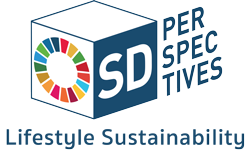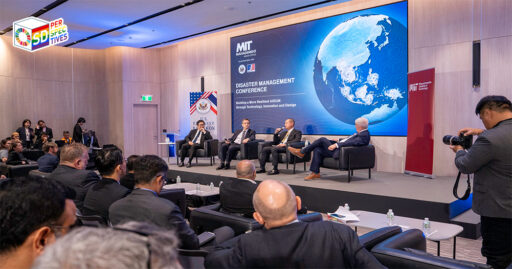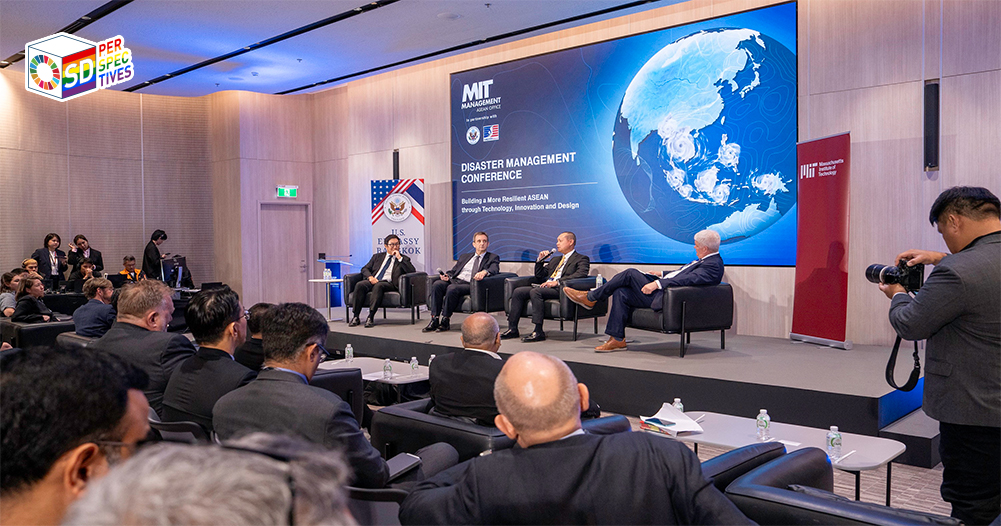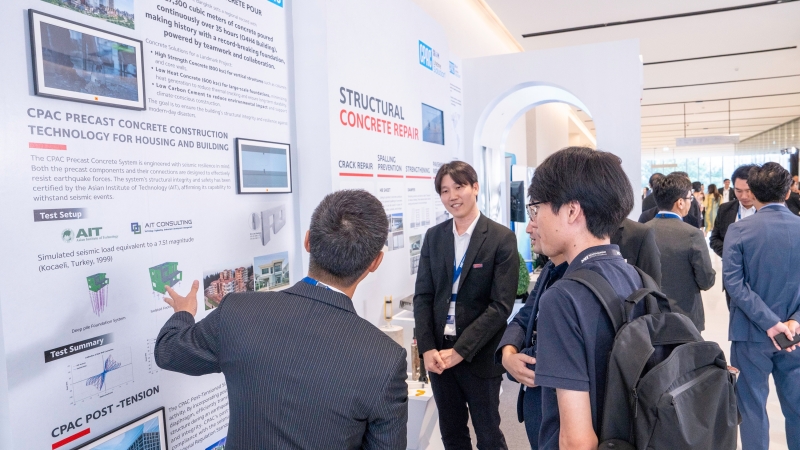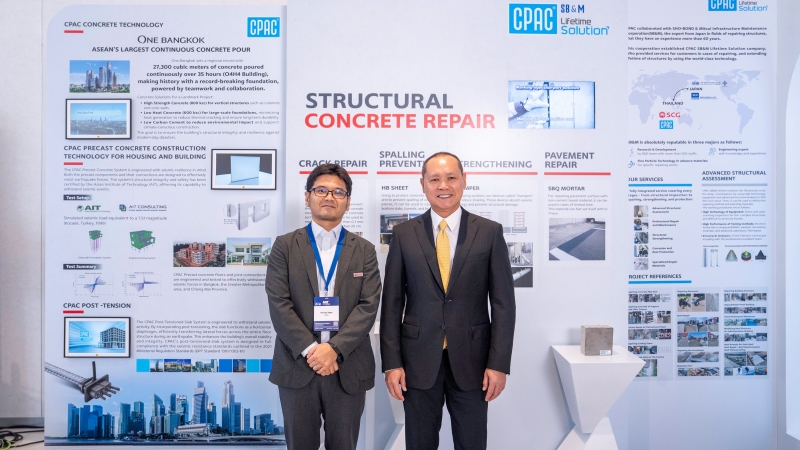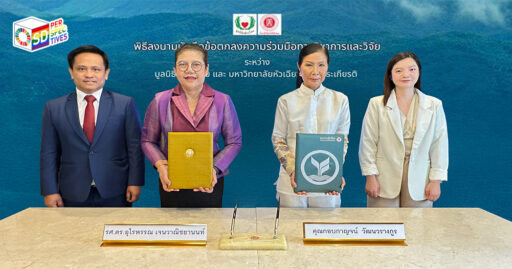July 7,2025….This has awakened the need for better preparation in the events of natural disasters, utilising new and emerging cutting-edge technologies for both better and aster responses and solutions to these situations.
In response to the Thai earthquake on the 28th of March, 2025 which caused damage in 18 provinces, the U.S. Embassy Bangkok in partnership with the MIT ASEAN initiative and the American Chamber of Commerce arranged a Disaster Management Conference to look at ways they can mitigate damage caused by such events.
The conference was hosted within The One Bangkok Forum, which is a building focused on sustainability. One Bangkok has achieved LEED (Leadership in Energy and Environment) certification. This proves that the project has met stringent benchmarks in relation to energy efficiency, water conservation and sustainable site development.
Worawat Srisa-an, Deputy Chief Executive Officer of One Bangkok of Development, Frasers Property (Holdings) Thailand, gives us a point of view from a real estate perspective using the buildings that make up One Bangkok as an example. He believes a disaster is something that causes massive damage, most likely including the loss of life and is likely to be natural and unexpected.
He proceeds to explain why and how One Bangkok is built to withstand floods, which are one of the most common natural disasters that Thailand faces. To combat possible flooding, buildings are elevated and have water absorbing linear parks and open spaces. Raised areas 7m above road level have been incorporated into the design for the community to safely use in the event of flooding.
“One Bangkok has installed further flood preventative measures such as water monitoring systems, floodgates, run-off water retention tanks and weather stations on site to further ensure the safety of the buildings and the community. He believes a focus should be placed on not only the strength of the buildings which have 80m pylons but also to have an emphasis on evacuation along with a people centric viewpoint and the incorporation of technology and sustainability.”
He explains that the design of One Bangkok incorporates the idea of “Last man standing” which is clearly demonstrated by its flood prevention measures.
Professor Miho Mazereeuw from MIT ASEAN said “Thailand is a great place to start because it has a unique set of challenges and opportunities. The scale is right, and there’s already strong support in terms of infrastructure, alumni networks, and partnerships with key agencies. Our thinking is that if we can build successful pilots in Thailand, it could become a model for other countries in the ASEAN region.”
Partnerships are paramount and play a crucial part in development and knowledge exchange, Guy Gryspeerdt, Vice President, Global Head of Operational Resilience, Honeywell, stresses the importance of this by mentioning how emergency and crisis management requires resilience and how that is completely crucial. He explains how different partnerships have different priorities and it’s about identifying those priorities. For example, Bangalore City was most concerned with security whereas Abu Dabi was more concerned with how to respond more efficiently and effectively.
Honeywell wants to partner with people who will be on the journey with them and help them move along their journey and vice versa. Therefore, Honeywell views their partnerships are equal. His vision regarding AI is to have an AI agent running in the background of all of Honeywell’s plans to better understand and analyse vulnerabilities, From a smart city perspective AI would be useful to help understand predictive analysis for better and more informed solutions which will help manage responses better than having to focus on an immediate response that may not have been planned out as well. Digital twins would also be useful and open up many possibilities with scenario planning and emergency responses.
SCG is a key partner of One Bangkok. Paramate Nisagornsen, Vice President of SCG, mentions how One Bangkok was built with the ideas and intention to be disaster proof and ecofriendly.
They used a strong foundation and paid much attention to the project having a minimal impact to the surrounding communities. Any disaster management project relies on having external cooperation links in place as can be seen by One Bangkok close relationship with the surrounding districts via the Governor of Bangkok. This also enables Districts to learn from each other’s past experiences and help mitigate any future disasters by strengthening early warning systems, improving disaster preparedness and ensuring effective post-disaster recovery.
The demand of ensuring a building is disaster proof has risen and a greater emphasis on safety has occurred following past incidences. SCG has developed products to help satisfy these needs such as high-strength concrete innovations and repair and reinforcement technology from CPAC.
“We now can expect a rise with the implementation of new technologies focusing on risk reduction when faced with natural disasters, however it is still important to not overlook the basic structures and partnership concepts that are already in place and have stood the test of time.”
